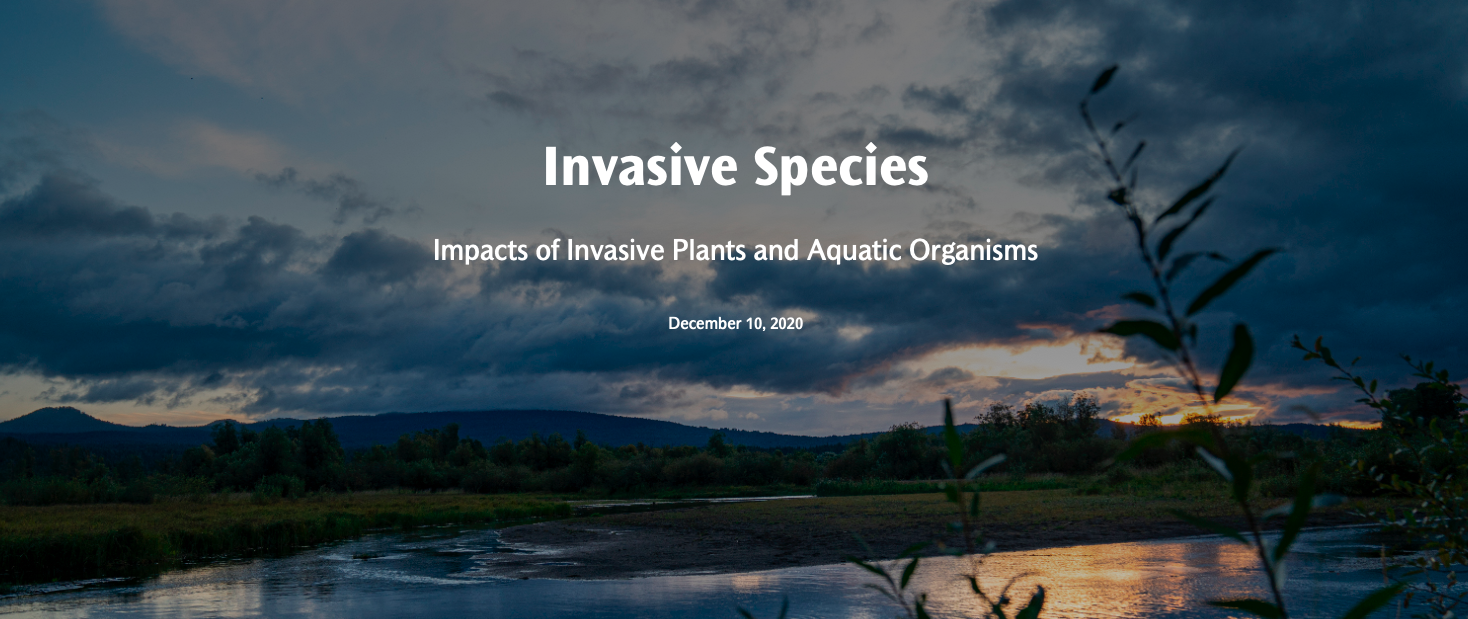Student Project: Mary S Young State Park Storymap
/In 2020, as part of Dr. Catherine de Rivera’s Ecology & Management of Bioinvasions class at Portland State University, OISC members and invasive species professionals advised students on various invasive species topics. Kylee Church and Julian Roth created a Storymap about Invasive Species Management at Mary S Young State Park. Information and guidance was provided by OISC Member Dr. Samuel (Oregon Sea Grant), and Sherry Sheng & Dave Kruse (Mary S Young State Park). To learn more about the other student projects that were created in this class, please click here.
Storymap: Invasive Species Management at Mary S. Young State Park
*Note: The views and opinions expressed in the attached file(s) or link(s) are those of the authors and do not necessarily reflect those of the Oregon Invasive Species Council.





